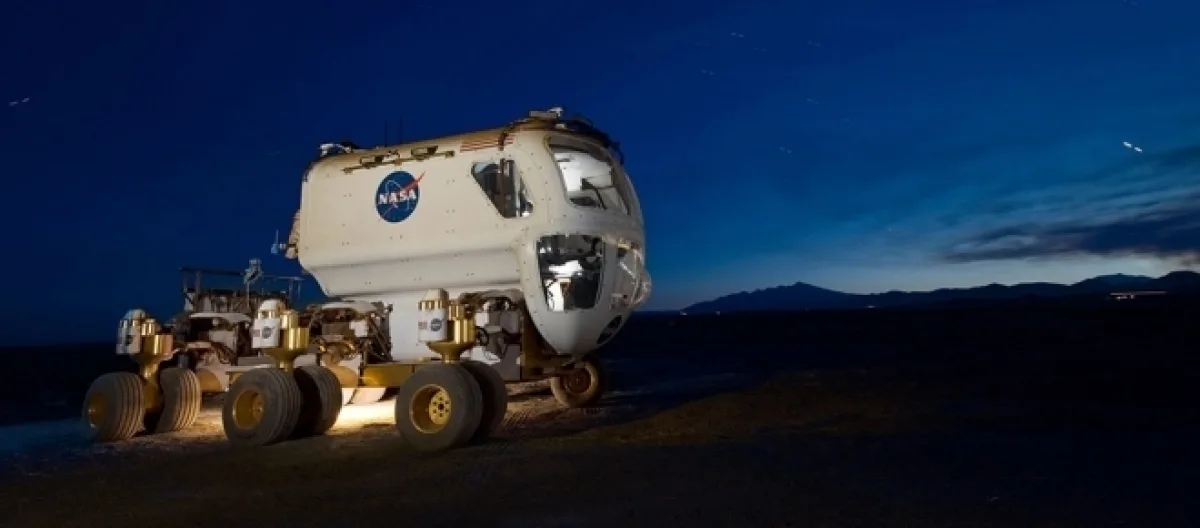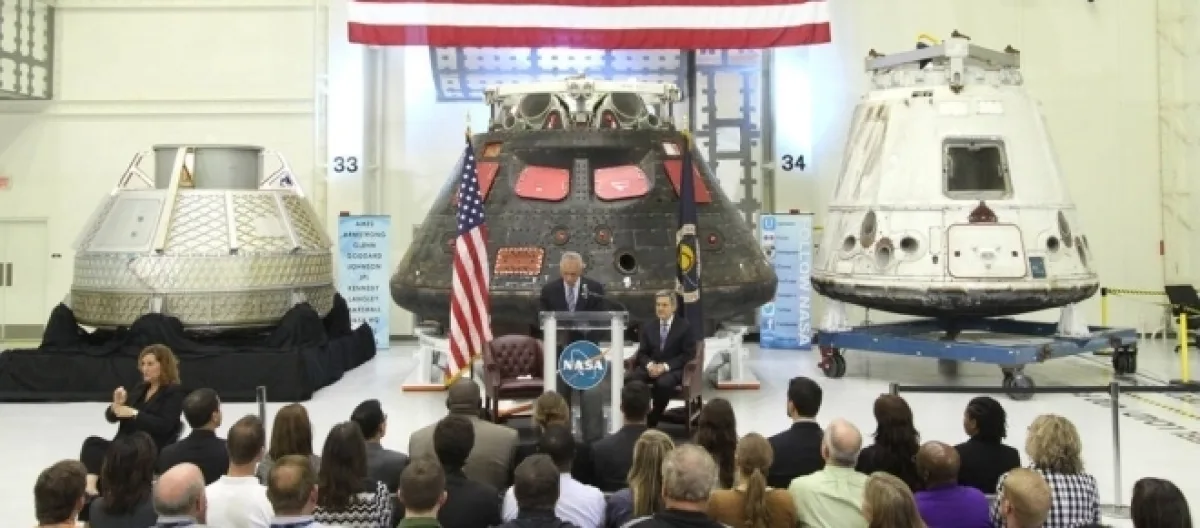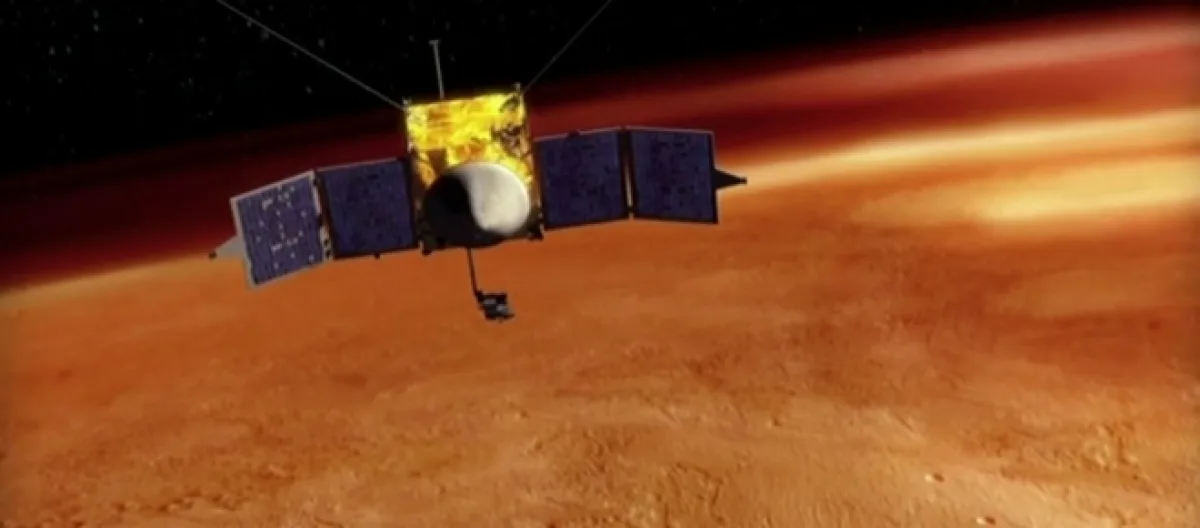NASA sent its Curiosity rover to Mars, the red planet, to explore the terrain and search for the presence of lifeforms and water. That was in August 2012 and it had drawn up plans to send men to the planet by 2030 but that is now in doubt because it is short of funds. This information was revealed in a meeting by its chief of human spaceflight, William Gerstenmaier. He has admitted that there is a fund crunch and the plan of sending men to Mars by 2030 is taking a back seat because the budgetary estimates have gone up and, under the circumstances, this is a major obstacle.
It may be noted that teams of scientists have already undergone endurance training in a volcanic mountain in Hawaii to simulate the conditions of Mars, as preparatory work for the mission.
The plans of NASA
New Zealand Herald reports that there have been talks of sending humans to Mars and a tentative date in 2030 had been announced. NASA had also indicated that it was engaged in work associated with developing necessary capabilities and technology that would be required for the Mars mission so that humans could go there and explore the territory. Unfortunately, the information regarding shortage of funds has come as a damper.
To prepare for the Mars mission with humans, NASA concentrated on building the basic systems necessary to reach the red planet. They had also utilized a large portion of its funds to meet specific needs for the launch system and the Orion spacecraft. NASA now face difficulty in carrying on the work with respect to other aspects of the mission such as landing on the planet and returning back to Earth.
There is still hope
NASA is hopeful that the situation might improve. The experience already gained would be useful to plan for another mission to the Moon if not Mars. If water is present on the Moon, the possibility of such a mission cannot be ruled out. Some other countries also plan to target it to exploit the natural resources available there.
As far as Mars is concerned, it is still possible for NASA to proceed with its plans if there are tie-ups with other agencies like SpaceX, Blue Origin, and Boeing. That would help to bring down the costs and solve the problems related to funds.
Incidentally, Elon Musk of SpaceX already has in mind the Mars One mission to set up human colonies on the red planet. SpaceX has already selected an initial batch of volunteers who are expected to embark on a one-way trip to Mars tentatively scheduled for 2020. A one-way trip would take approximately seven months. There are other countries eyeing the red planet and the American space agency will have to work on a solution to ensure that it does not lose the advantage.


